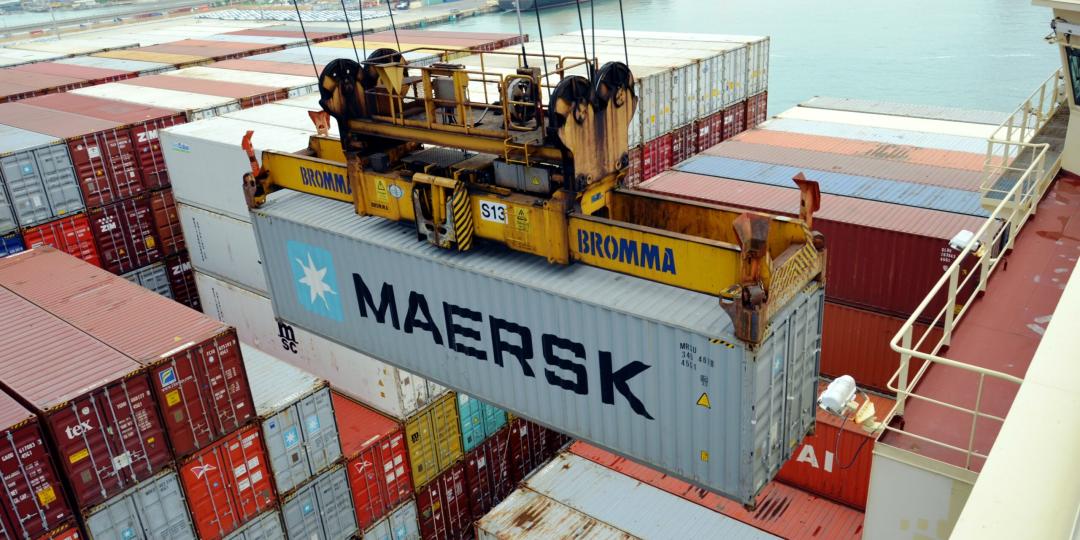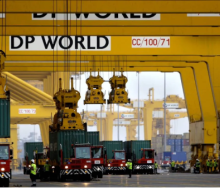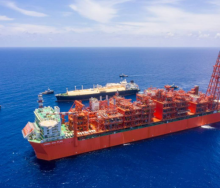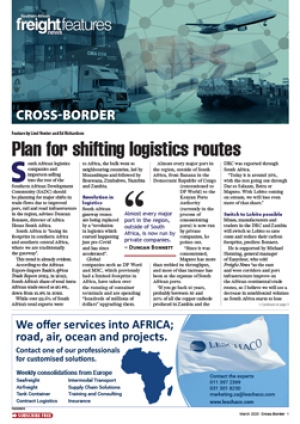AP Moller - Maersk (Maersk) delivered another strong set of results in Q3 with higher earnings in its three main businesses: ocean, logistics and services and terminals.
Revenue was up 37%, and both Ebitda and Ebit increased by around 60% compared to Q3 last year. CEO Søren Skou, says continued momentum in strategic transformation, and growth in logistics and ocean contract rates above the previous year, were the main drivers of improved performance.
“Our third quarter result was another record, and the 16th quarter in a row with year-on-year earnings growth. Ocean freight rates, which have driven the exceptional results we have delivered in 2022, were again up both year on year and compared to the second quarter.”
He cautioned, however, that freight rates had peaked and started to normalise during the quarter, driven by both decreasing demand and easing of supply chain congestion.
“As anticipated all year, earnings in ocean will come down in the coming periods. Our overall transformation momentum remained very strong as we continue to grow our logistics business rapidly. For the first time, revenue in logistics exceeded $4 billion in one quarter.”
Revenue for Q3 increased to $22.8bn, Ebitda increased to $10.9bn, and Ebit to $9.5bn. Profit was $8.9bn for Q3 and $24.2bn for the first nine months. Return on invested capital (ROIC) stood at 66.6% for the past 12 months.
“With the war in Ukraine, an energy crisis in Europe, high inflation, and a looming global recession, there are plenty of dark clouds on the horizon. This weighs on consumer purchasing power which in turn impacts global transportation and logistics demand. While we expect a slowdown of the global economy to lead to a softer market in ocean, we will continue to pursue the growth opportunities within our logistics business,” says Skou.
In ocean, revenue increased over the quarter to $18bn and Ebit rose to $8.7bn, mainly driven by significantly higher freight rates on contract and shipment on routes from Asia to Europe and to North America, partly offset by a decrease in volumes and by higher costs related to bunker, container handling and network.
In logistics and services, Maersk continued to invest in its portfolio and capabilities. The acquisition of LF Logistics was completed, the intended acquisition of Martin Bencher Group was announced, and the warehouse, distribution centre and cold storage footprint was significantly expanded with 21 incremental facilities across key markets like Latin America, Europe and India. Revenue in logistics grew 60% to $4.2bn and Ebit increased to $258m, mainly due to added revenue from acquisitions and higher volumes, in particular among Maersk’s existing top 200 customers.
In terminals, revenue grew to $1.1bn and Ebit increased to $357m, mainly driven by higher volumes and prices as well as the completion of the divestment of the company’s share in Global Ports Investments in Russia.
Demand for logistics services moderated across global supply chains in Q3, says Toft. “Supply-side bottlenecks however continued to pose challenges, but there are signs of easing as demand slows and Covid 19-related restrictions in China diminish.”
Freight and charter rates declined relative to the previous quarter as the expected normalisation gained momentum through the quarter. Global container volumes are estimated to have declined –3% year on year in the period under review, while global air cargo volumes, measured in CTKs, dropped by 9% in July/August (Iata). As a result of slowing economic activity, global container demand is expected to contract between –2 and –4% in 2022.
Given the unfolding economic slowdown, which is also expected to continue into the coming year, APMM has lowered its outlook for the growth of 2022 global container demand to –2/-4% from its previous estimate of the lower end of the +1-/1% range. Capex guidance for 2022-2023 remains unchanged at $9.0-10.0bn.













